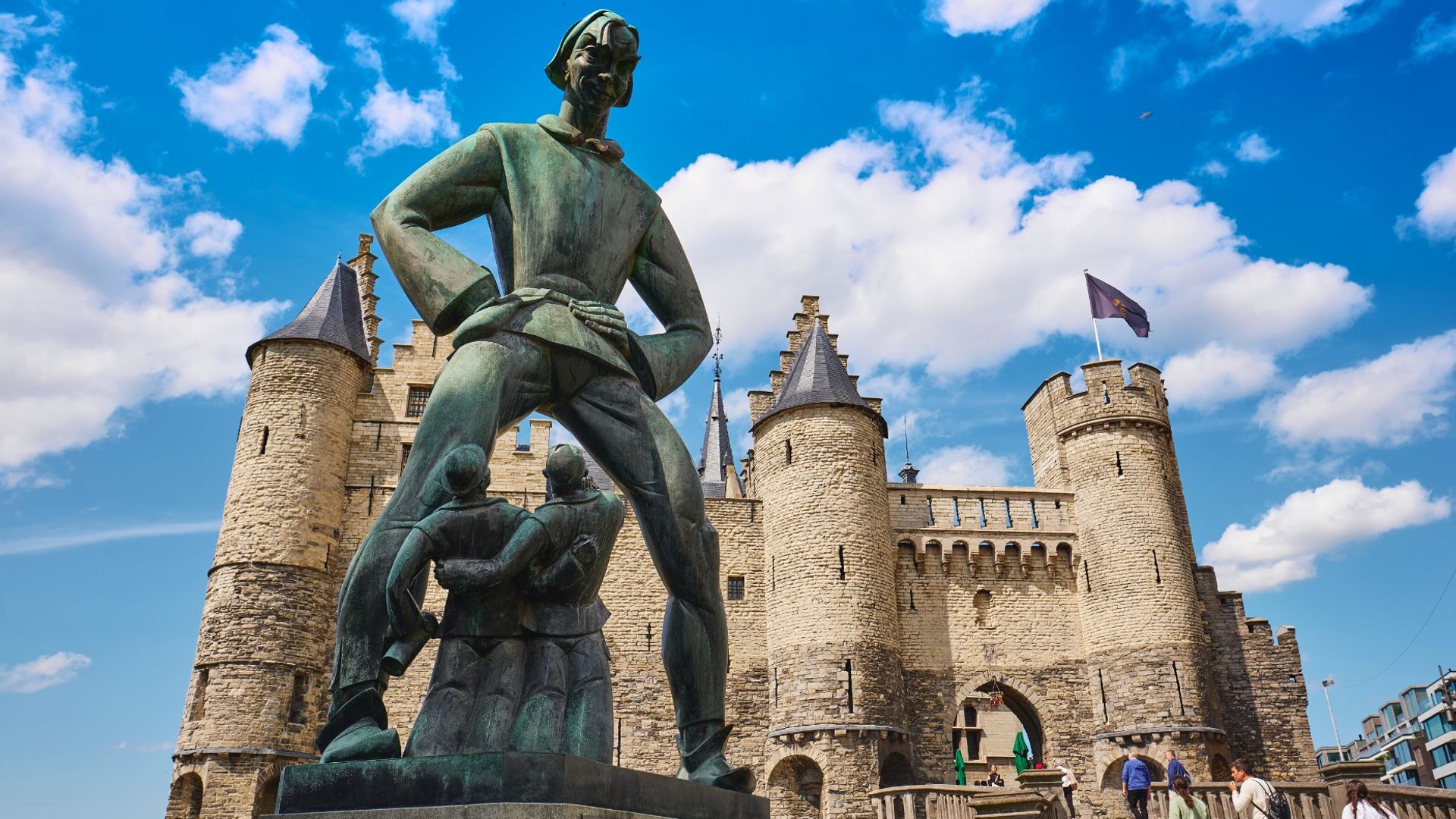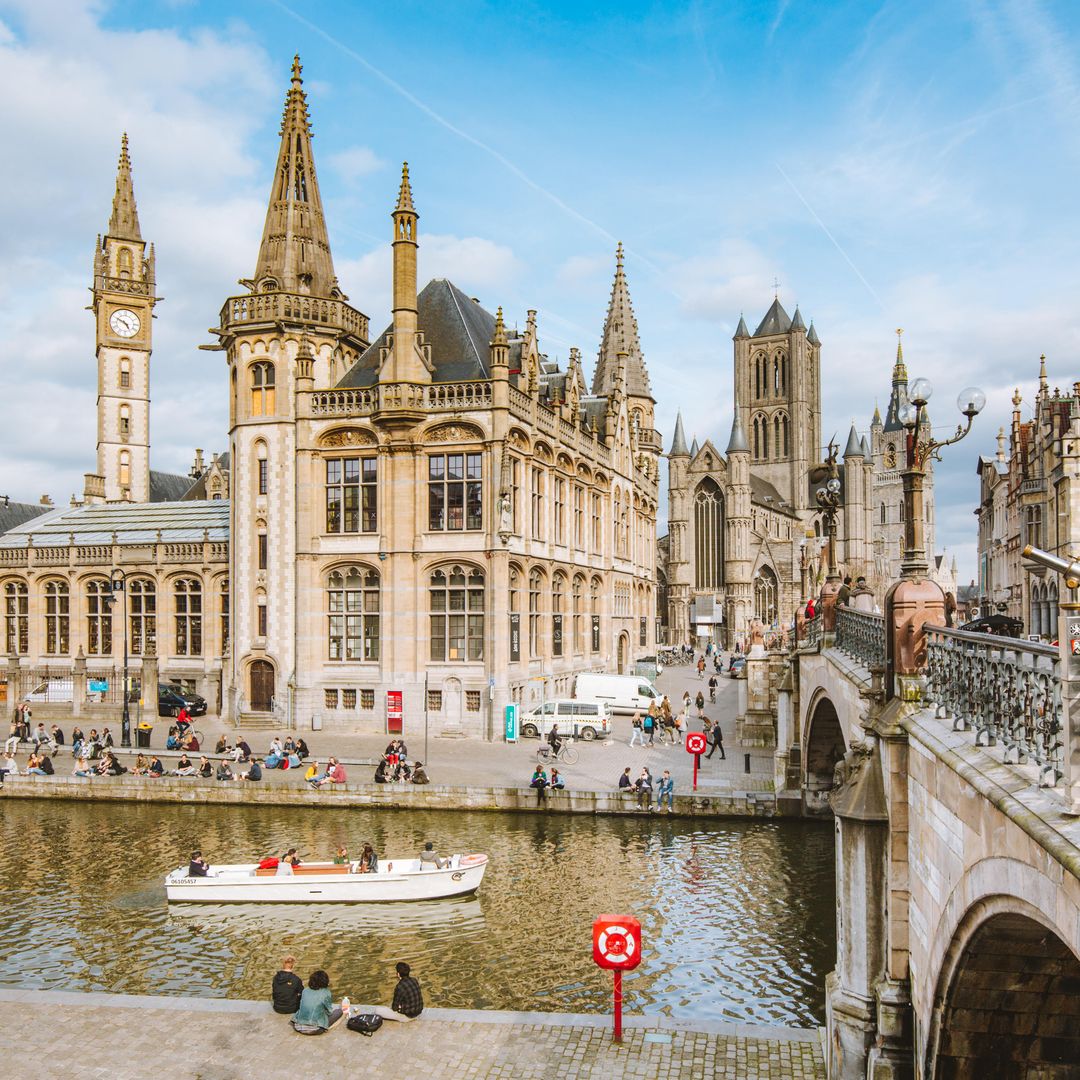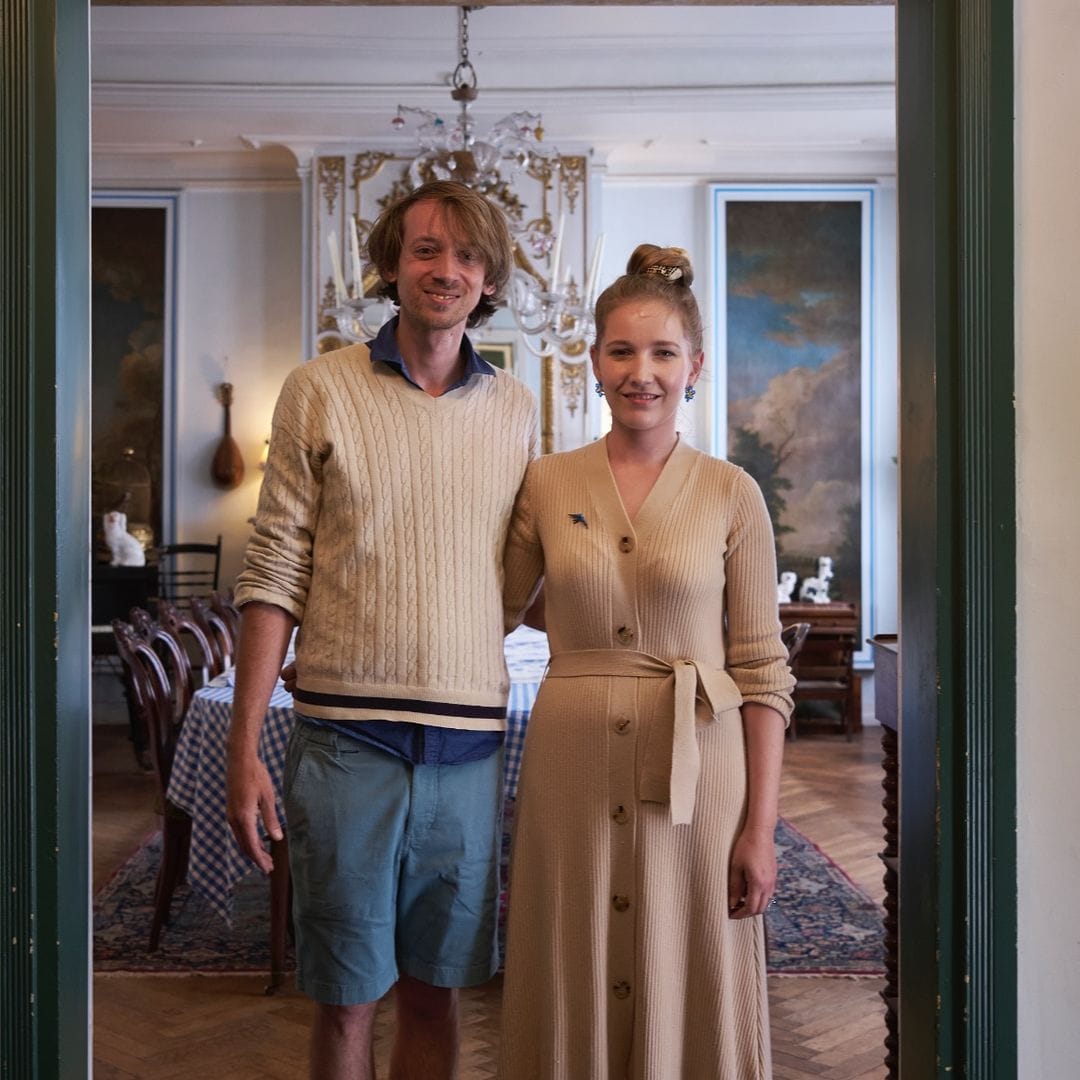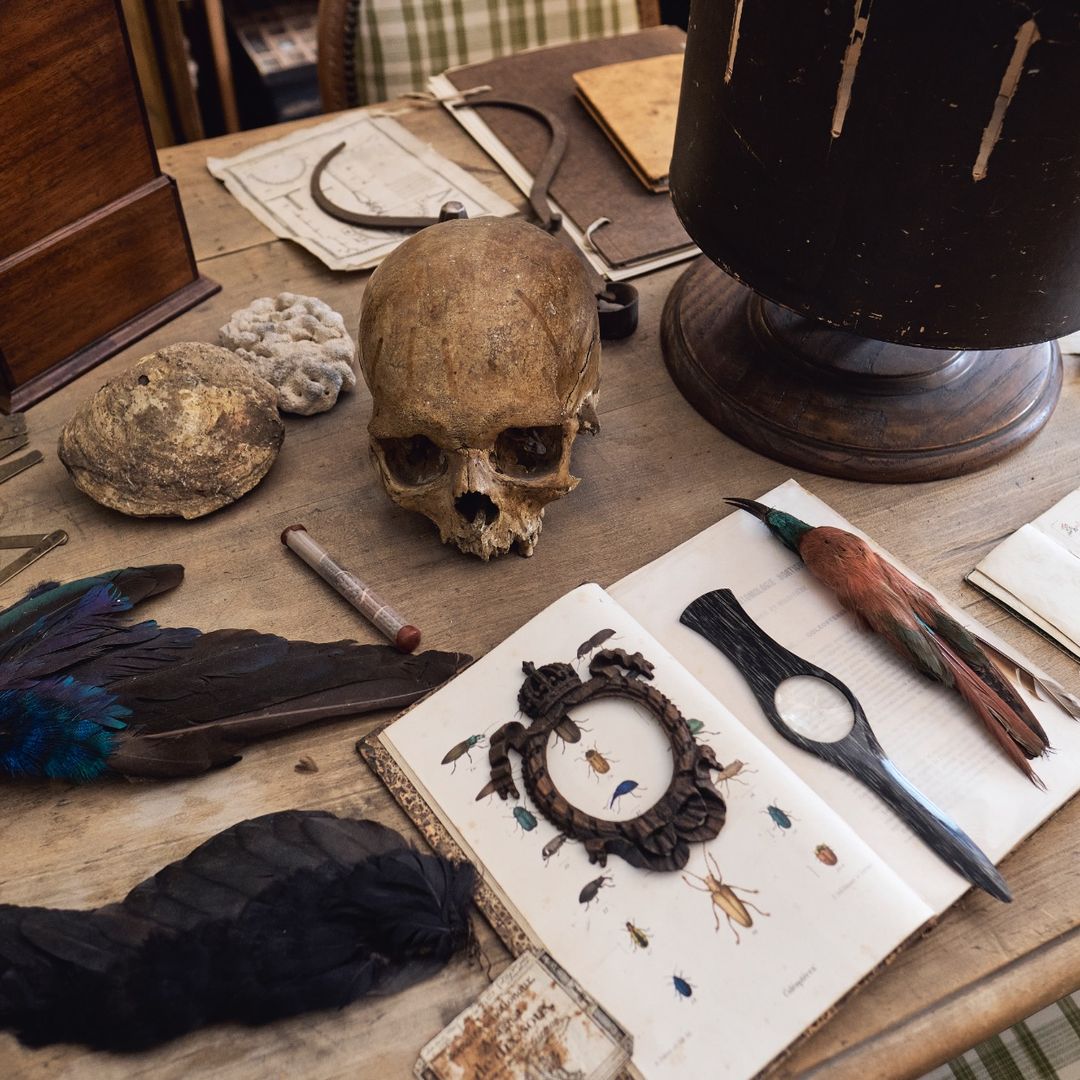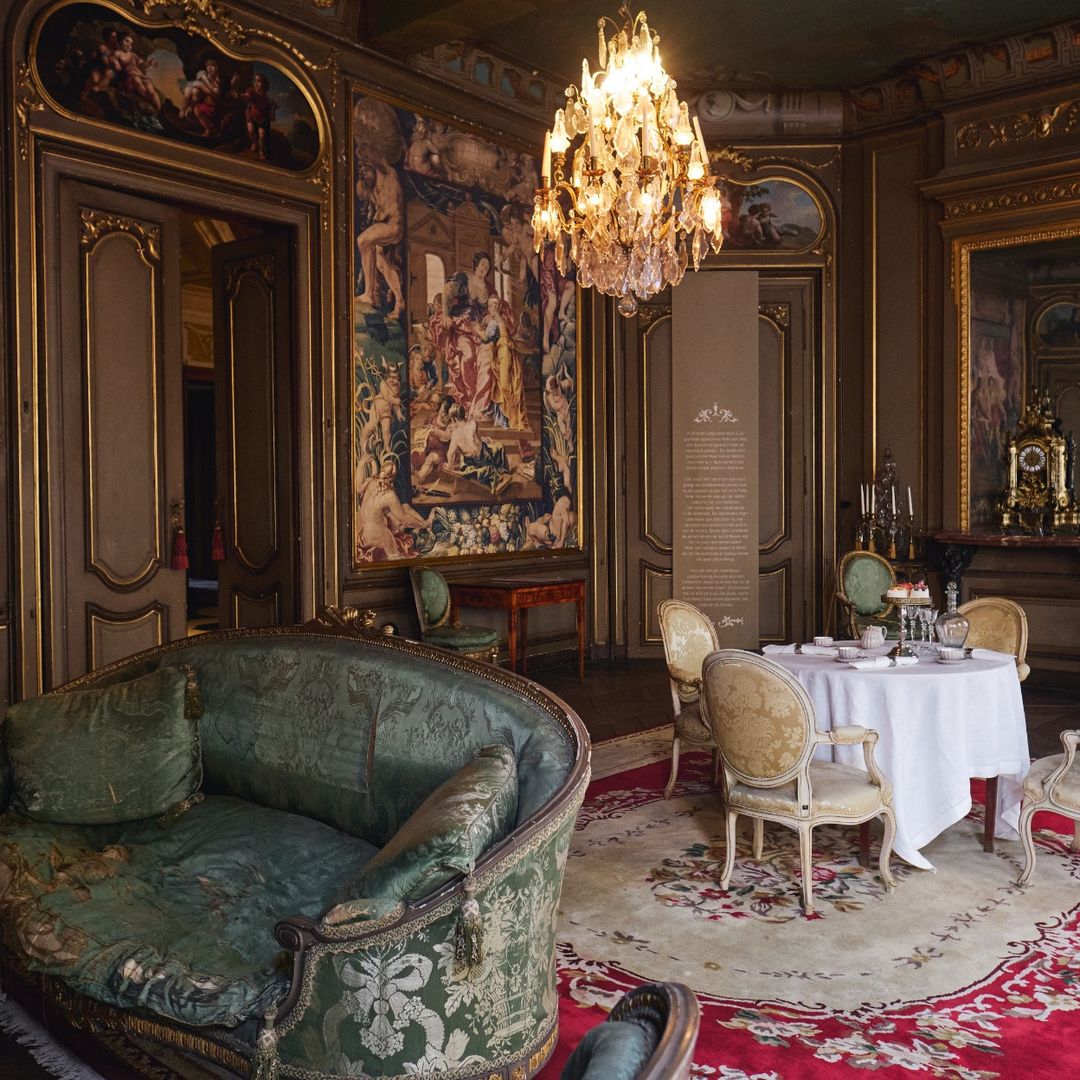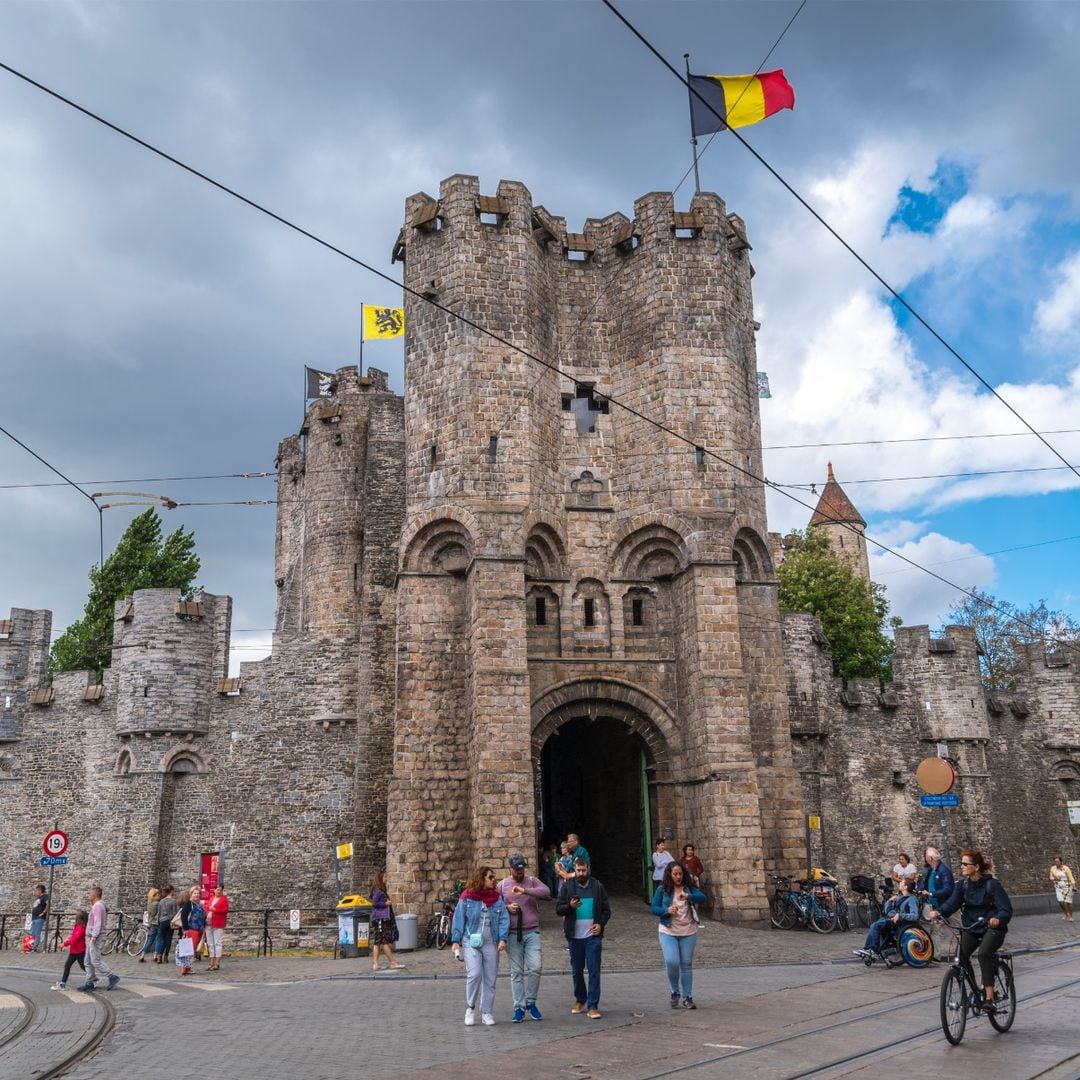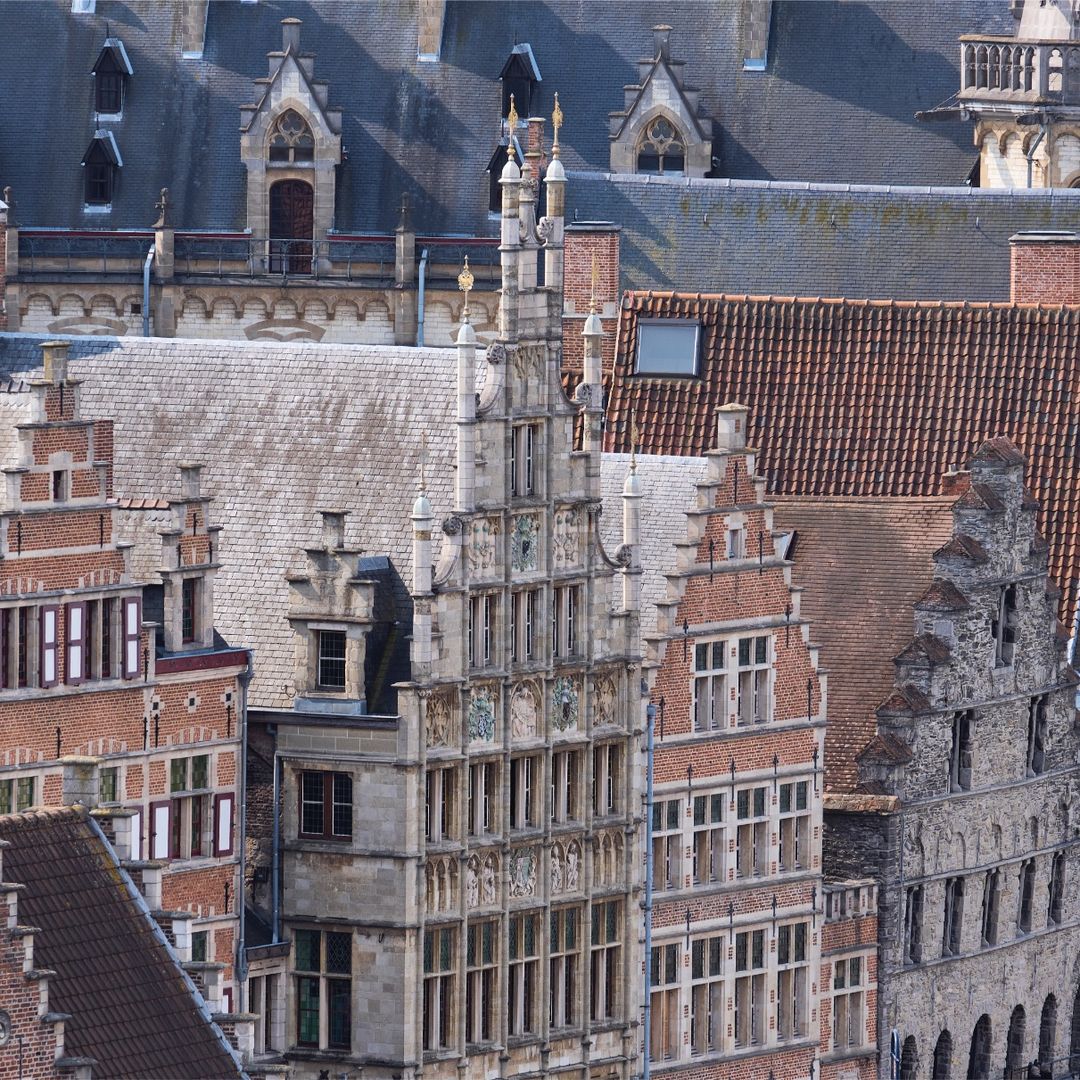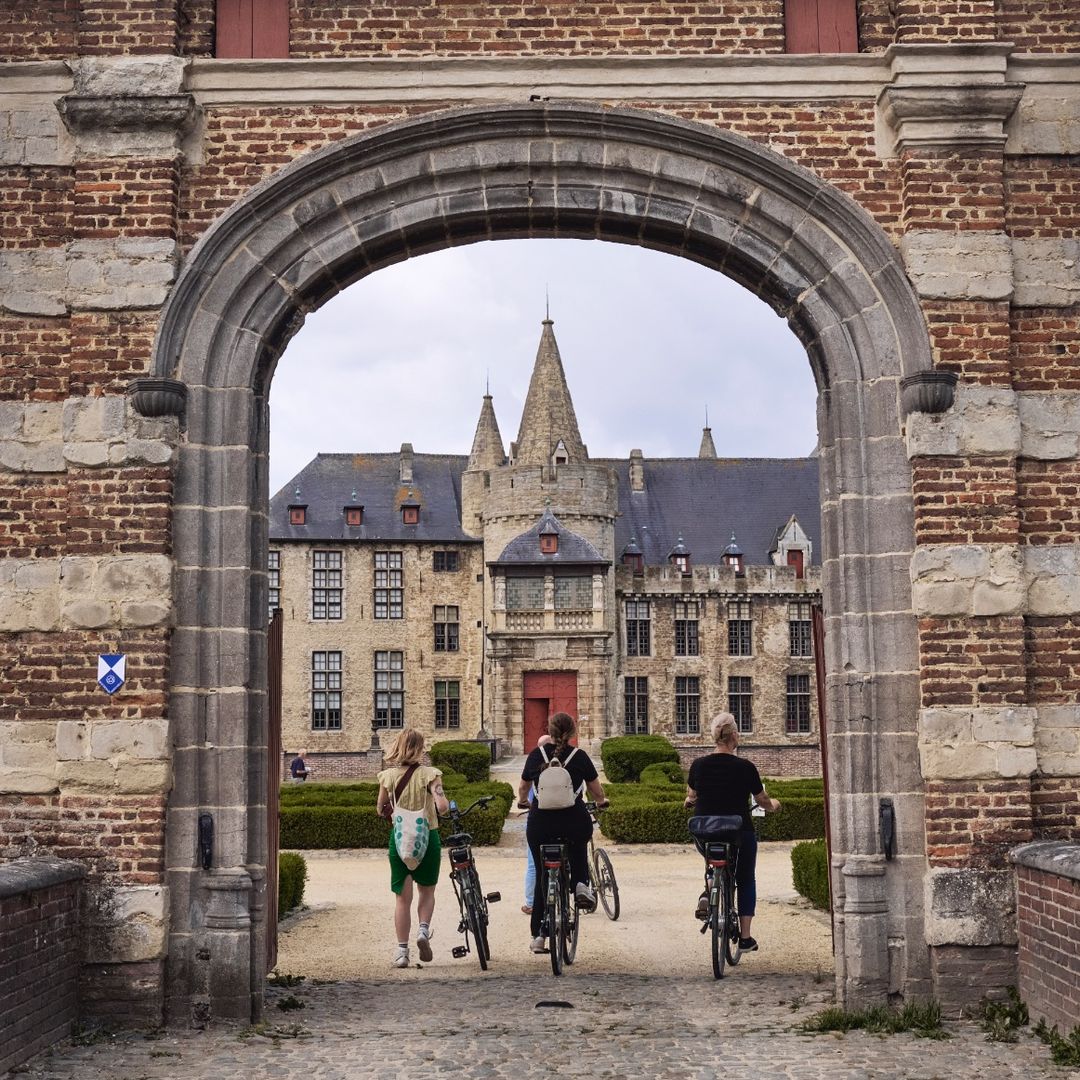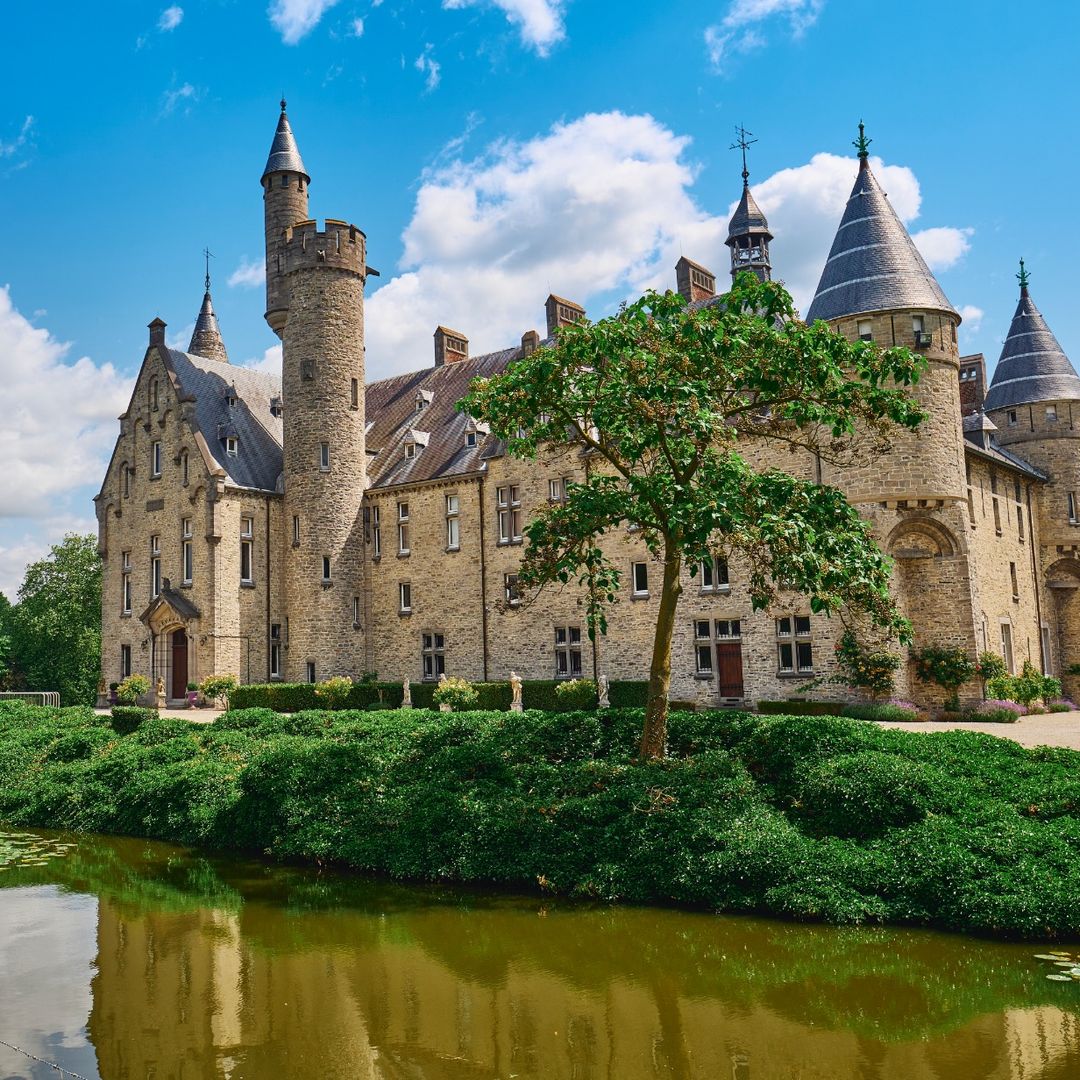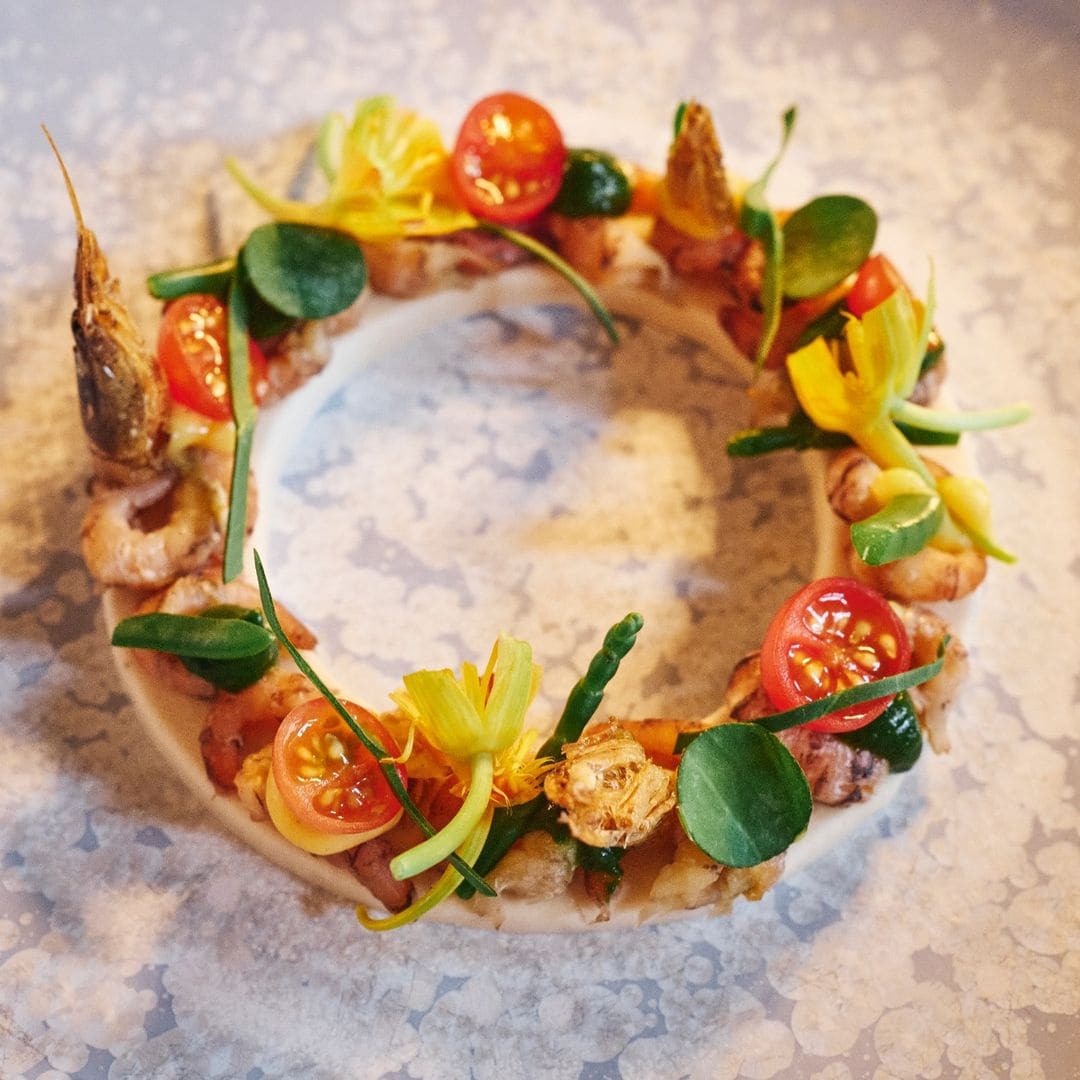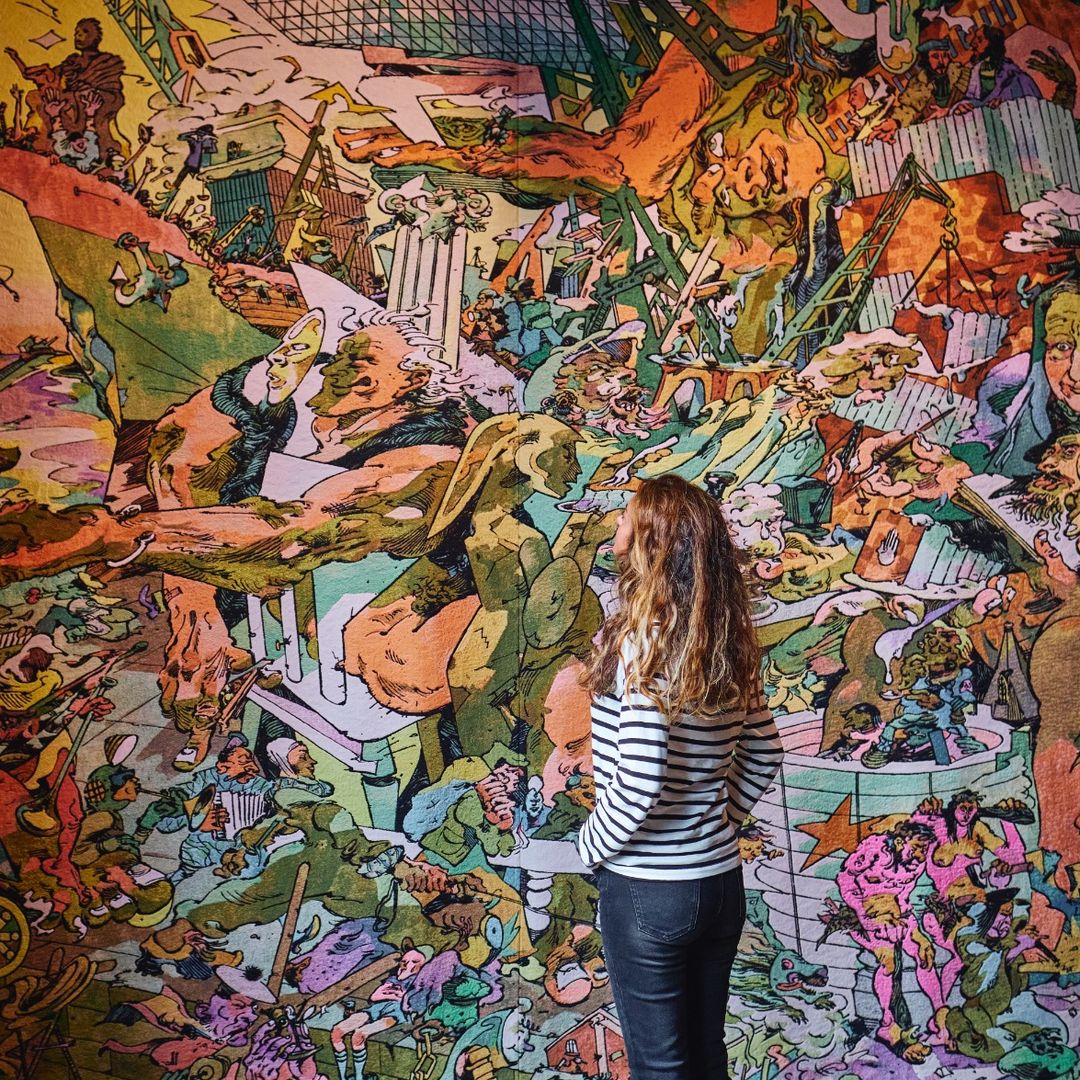The Belgian region of Flanders, located in the heart of Old Europe and bathed by the North Sea, it was consolidated since ancient times as a strategic and commercial enclave. This privileged location made it a prosperous and thriving territory, although it also exposed it to numerous armed conflicts and disputes for power. The most visible legacy of its eventful history is materialized in more than 1500 castles which, spread across its vast plains, give the landscape a unique and majestic image. Currently, Many of these fortresses, palaces and stately homes have opened their doors to the public, and visitors can feel, when walking within its walls, that they are protagonists of a story of knights and princesses.
Among the various possible routes, the route that starts from from majestic Ghent and culminates in vibrant and cosmopolitan Antwerpwith the majestic River Scheldt always as a faithful travel companion. This itinerary, which harmoniously intertwines urban centers with the bucolic Flemish countryside, It offers a network of perfectly marked trails ideal for both walkers and cyclists. The route reveals a mosaic of captivating landscapes that transform each kilometer into a discovery: Rolling meadows, ancient forests and picturesque towns make up a natural canvas that maintains its charm during the four seasons of the year.
CABINET OF WONDERS
The first architectural jewel of this unique journey is located in Ename, a peaceful town located just 28 kilometers from Ghent. There it stands Huis Beaucarne (huisbeaucarne.be), a splendid baroque mansion built in 1748 which has remained in the hands of the same family since its origins in the 18th century. Its two floors house a fascinating microcosm of curiosities: the walls – some of them decorated with 19th-century Japanese-inspired wallpaper – serve as a backdrop to a eclectic collection including historical prints, antique maps and period paintings. The exquisite library shares space with a peculiar natural history collection: exotic animal specimens, rare bird feathers and even human skulls make up a cabinet of curiosities that evokes the spirit of the old Renaissance cabinets of wonders.
The current custodians of this unique mansion are Julien Fornari and Lena Vastesaegera young couple who have turned hospitality into art. With genuine enthusiasm, they open the doors of their extraordinary home to curious visitors, sharing not only the secrets within its historic walls, but also memorable dining experiences in a unique setting. The romantic atmosphere that permeates every corner, worthy of the most exquisite nineteenth-century poets, is the heritage of two extraordinary women: the writer Suzanne Lilar, Fornari’s great-grandmother, who began to shape this space in the 20th century, and his daughter, the art historian Marie Fredericq-Lilarwho still lives on the property today.
The garden, although modest in size, surprises with its exuberant vegetation, which almost seems ora miniature jungle. His old greenhouse, In other times destined for the cultivation of orange trees and vines, it has been transformed into a peculiar gallery where ancient sculptures and unusual objects They have replaced the original vegetation. This unique green space was recognized in 2020 with the prestigious Vredeman de Vries Prize, awarded by the King Baudouin Foundation to the most notable historical gardens.
Going up the course of the Scheldt, before reaching Ghent, Van Oidonk Castle stands majestically (ooidonk.be). Access to this fortress is already evocative: a picturesque cobblestone suspension bridge rises over a moat of crystalline waters, anticipating the magnificence of one of the most emblematic castles in Flanders. Its unmistakable silhouette, crowned by gabled battlements and characteristic bulbous onion-shaped towers, captivates the visitor from the first glance. Although today it exhibits palatial refinement, its origins date back to a medieval fortification that, after surviving numerous sieges and battles, was completely rebuilt in 1595. Currently the 6th Earl and Countess L’Kint de Roodenbeketogether with his family, dedicatedly guard this architectural treasure, allowing its discovery through guided tours that reveal all its secrets, including numerous works of art.
A FORTRESS IN THE CRADLE OF CHARLES V
Ghent, birthplace of Emperor Charles V, Today it is a vibrant city that combines the bustle of local students and Erasmus with an extraordinary historical-artistic heritageeither. The city captivates with its architectural jewels: the imposing Belfort Tower, the majestic cathedral of Saint Bavo —which houses the masterpiece of the Van Eyck brothers, the polyptych of the Mystic Lamb—, the slender Tower of Saint Nicholas and, crucial point of our tour, Gravensteen, the superb castle of the counts of Ghent (historischehuizen.stad.gent/es/castillo-de-los-condes).
This formidable medieval fortressembraced by the waters of the Lieve canal. A few steps away are Graslei and Korenlei, legendary springs which since the 11th century have witnessed the flourishing trade that turned Ghent into a medieval emporium, still preserving that atmosphere of a medieval tale today.
Erected in the 12th century by order of the Count of Flanders Baldwin I, the castle has played multiple roles throughout its history: county residence, courthouse and prison. Currently, a fascinating self-guided tour allows you to explore its most intimate nooks, culminating in the ascent to its upper battlements, from where a privileged view of the Ghent skylinea panorama that fuses centuries of history with contemporary vitality.
A CASTLE OVER THE WATERS
Following the winding course of the Scheldt, we leave Ghent to discover a new gem of heritage: the Laarne water castle (herita.be/en/laarne-castle), an imposing medieval fortress that emerges majestically in the vicinity of the town of the same name. The journey to this historic enclave is especially charming by bike: a journey of just 8 kilometers from Ghent along paths that wind between small groves and charming meadows. This century-old building, considered one of the best preserved fortresses in Belgium, represents an extraordinary example of military architecture that knew how to adapt to the refinements of court life. Its foundations, which date back to the 12th century, have witnessed numerous transformations over the centuries, highlighting a significant remodeling in the 17th century that defined its current appearance.
Today the fortress exhibits an elegant fusion of medieval and Renaissance styles that, paradoxically, owes much of its charm to a material as simple as brick. Its rooms, arranged in a fascinating interior route, house a notable collection of historical furniture from different periods, offering the visitor a captivating journey through the centuries.
THE CASTLE OF PEDRO COLOMA
On the last stage towards Antwerp, a vision emerges that seems to transport us to a universe of medieval legends: the Marnix de Sainte-Aldegonde castle (kasteelvanbornem.be). This colorful fortress, located near Bornem, stands as guardian of a dream landscape where nature and history come together. The surroundings, of painterly beauty, are shaped by the meandering waters of the Oude Schelde – an ancient branch of the Scheldt –, wildflower meadows and a centuries-old grove that embraces the building. A stone bridge, like a portal between two worlds, welcomes visitors, completing a image that at times transcends the limits between the real and the fantastic.
During the period in which Flanders and the present-day Netherlands were part of the Spanish Empire, the officer Pedro Coloma – first Baron of Bornem – undertook an ambitious transformation of the old fortress around 1600, turning it into the refined palace that we contemplate today.
The tour of its rooms reveals an extraordinary heritage: rooms decorated with period furniture and a notable artistic collection where an exceptional set of works by Brueghel stands out, brought together thanks to the exquisite judgment of the current owner, the fourteenth count of Bornem. The palace complex also houses another unique jewel: a fascinating collection of historic carriages, guarded in an annex building.
As a finishing touch to the visit, and before setting out on the road to Antwerp, the traveler can delight in the refined cuisine of the Hofke van Bazel restaurant. In this culinary sanctuary, chef Kris de Roy displays his gastronomic virtuosity, recognized with a green Michelin star for its commitment to sustainability and excellence.
A WINDOW ON THE CITY OF RUBENS
Antwerp, the legendary City of Diamonds, guards in its urban heart one last fortified jewel: Het Steen. A centuries-old sentinel of the Scheldt, this fortress is especially captivating when you enter it. aboard the Dewaterbus (dewaterbus.be), one of whose stops is located at the very foot of its centuries-old walls. The current bastion, which replaced a 9th century fortification, stands majestically next to the last vestiges of the ancient urban wall.
Today converted into an innovative interpretation center, Het Steen offers a Fascinating journey through the history of Antwerp through eleven museum rooms equipped with the most modern technology and emblematic pieces. Its rooftop, a privileged viewpoint over the bustling port and the sinuous course of the Scheldt, provides a unique perspective of this metropolis that has known how to reinvent itself without losing its historical essence.

